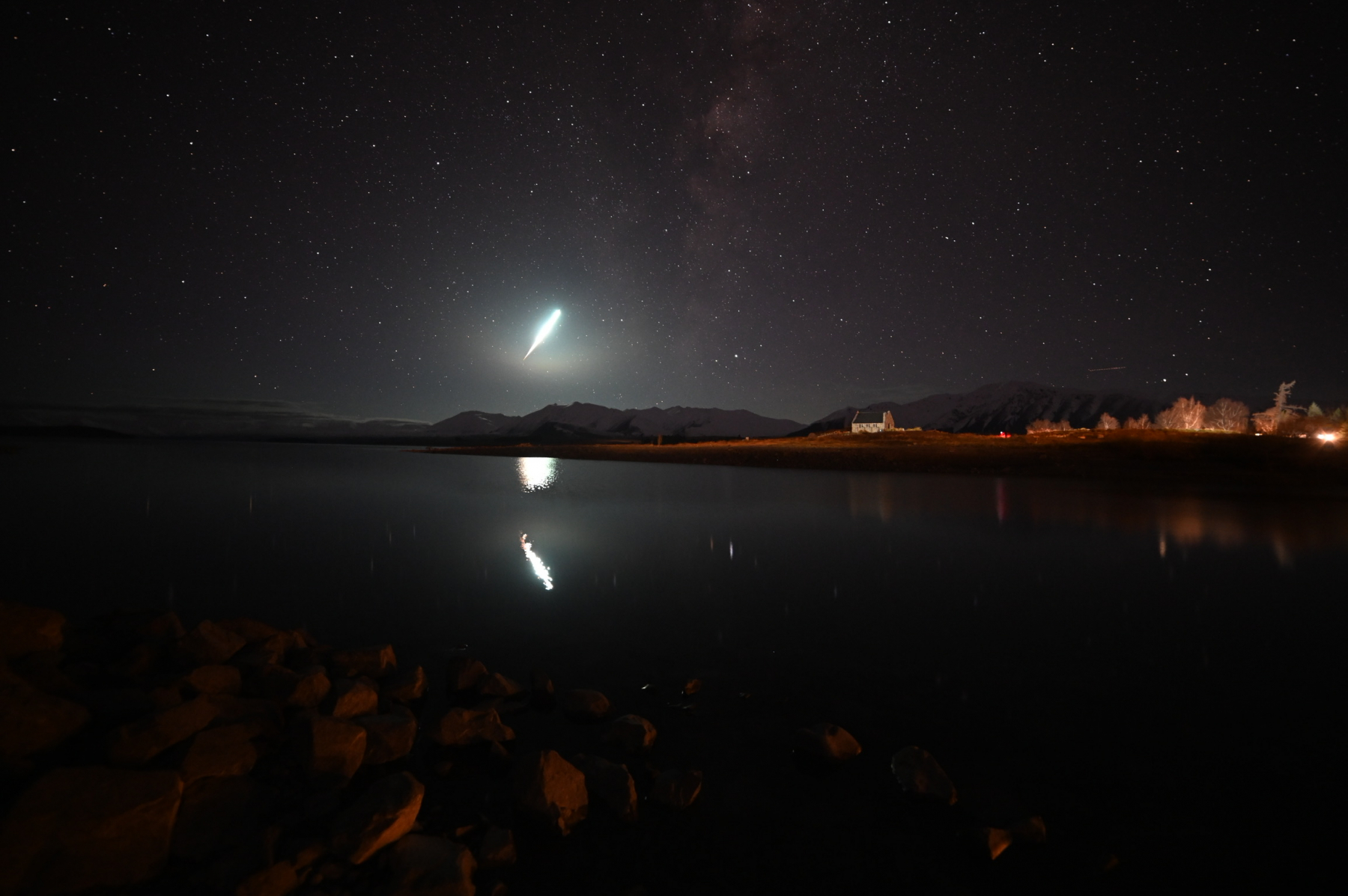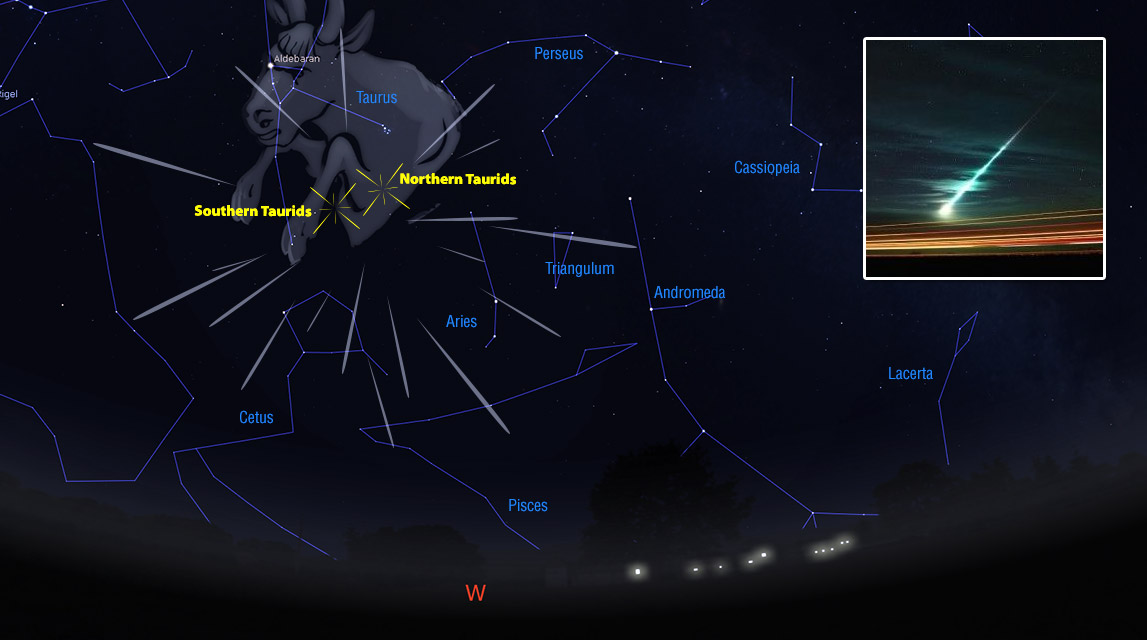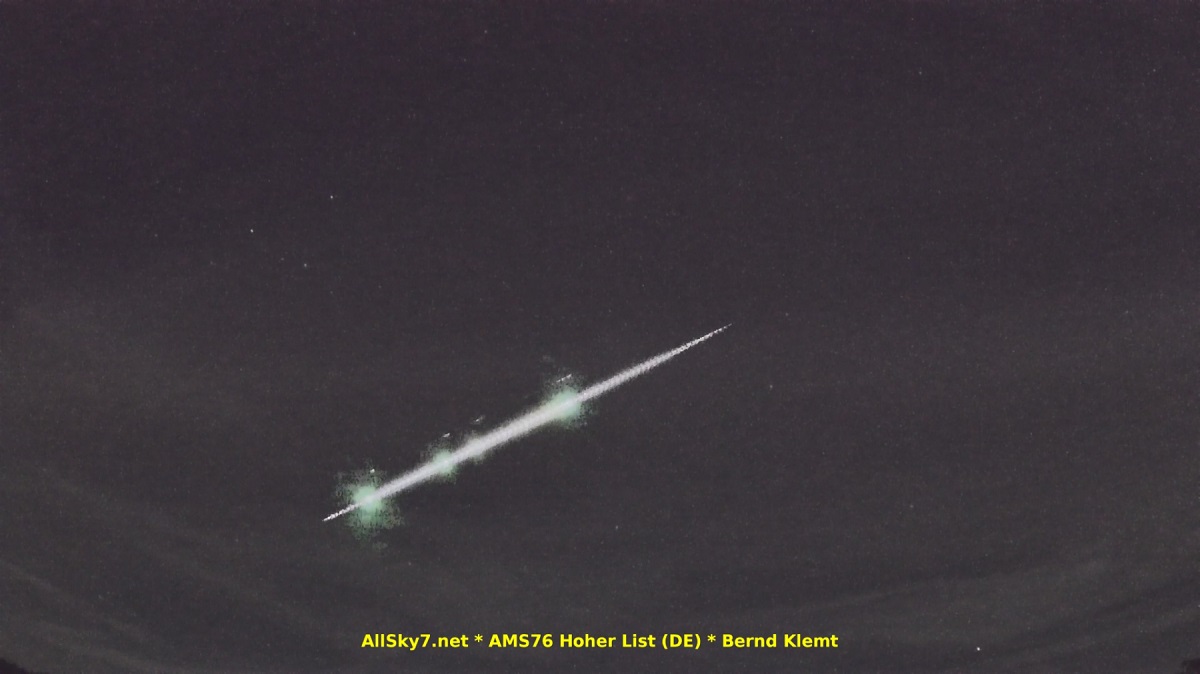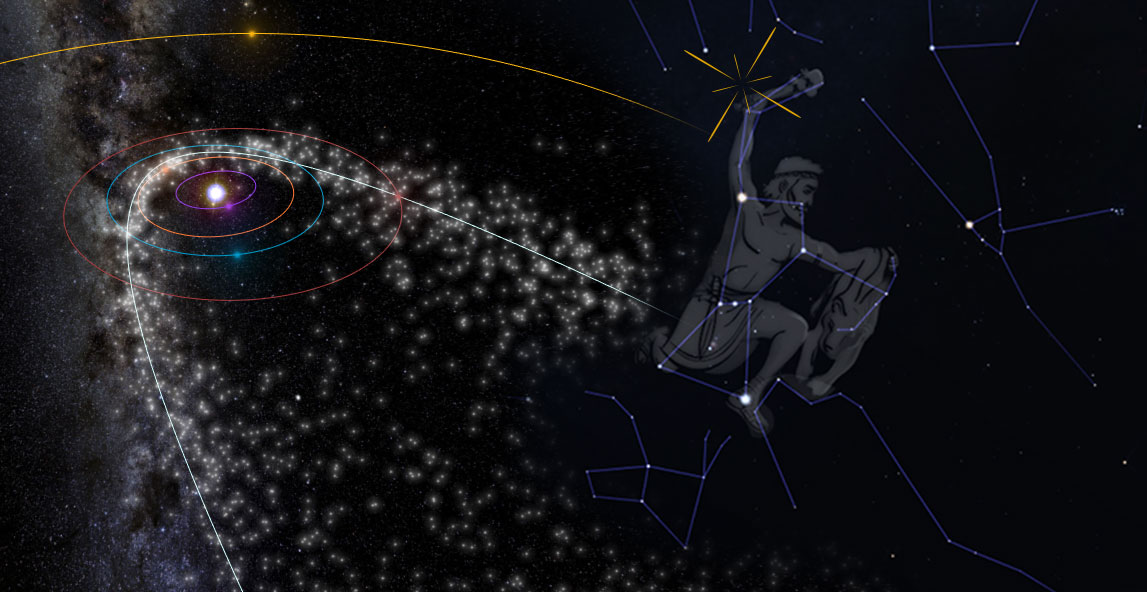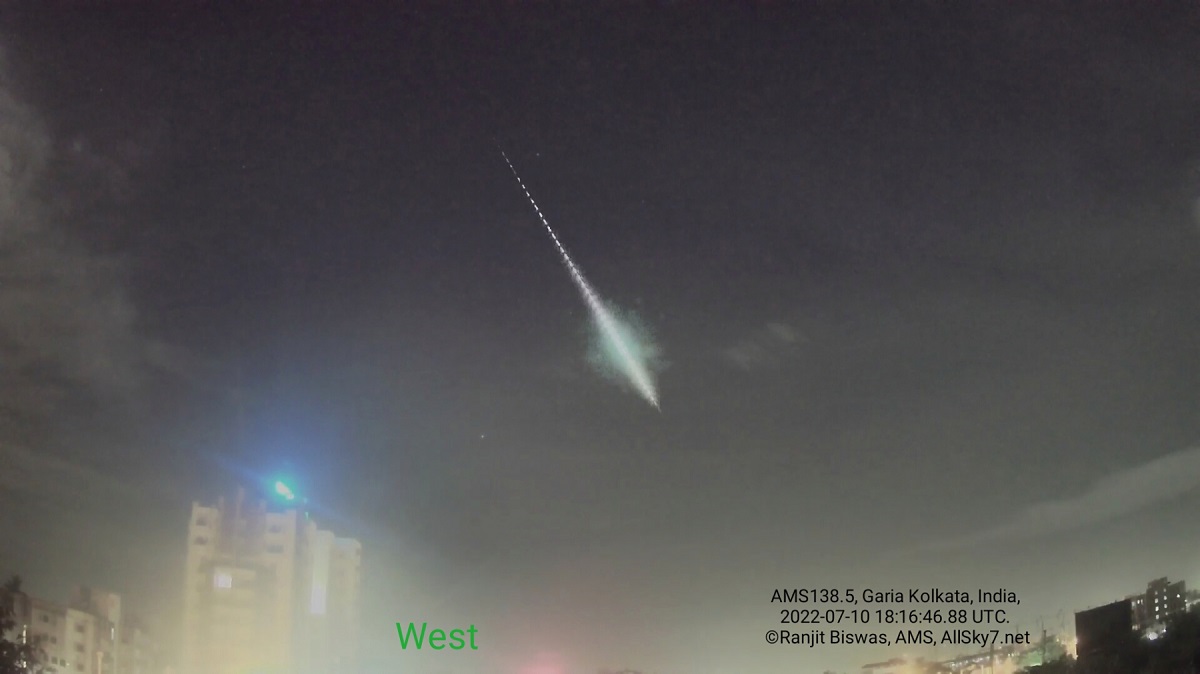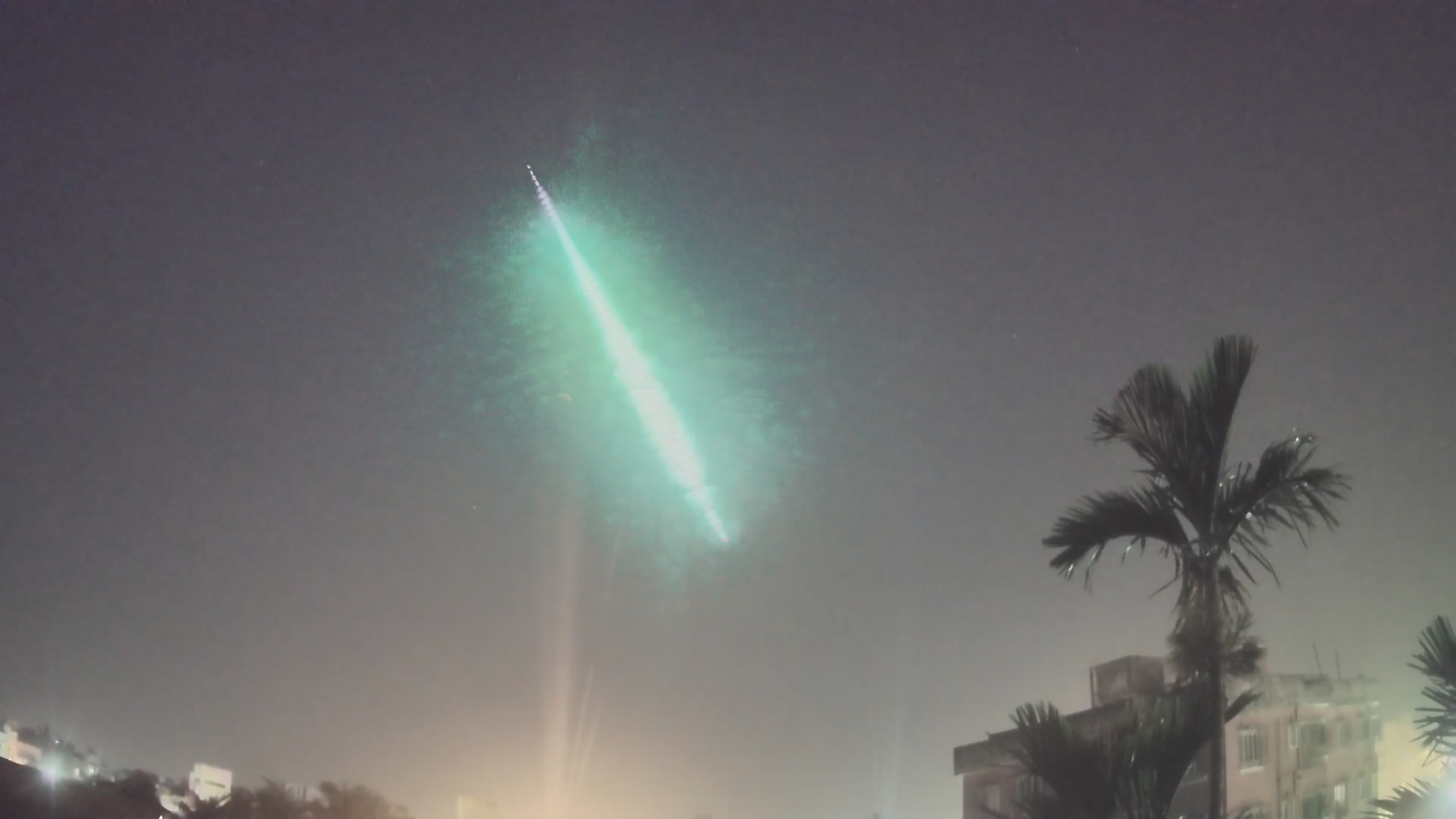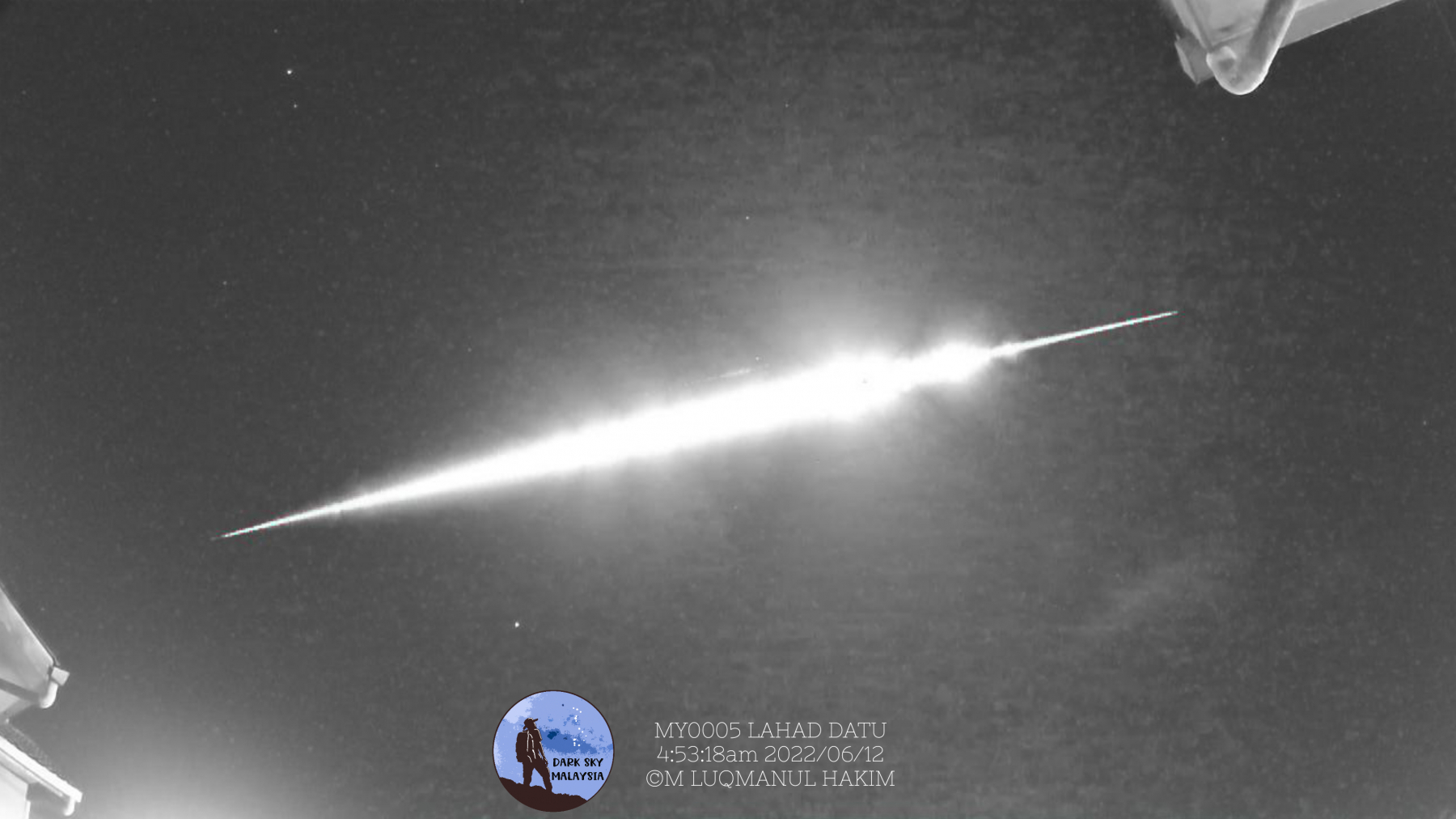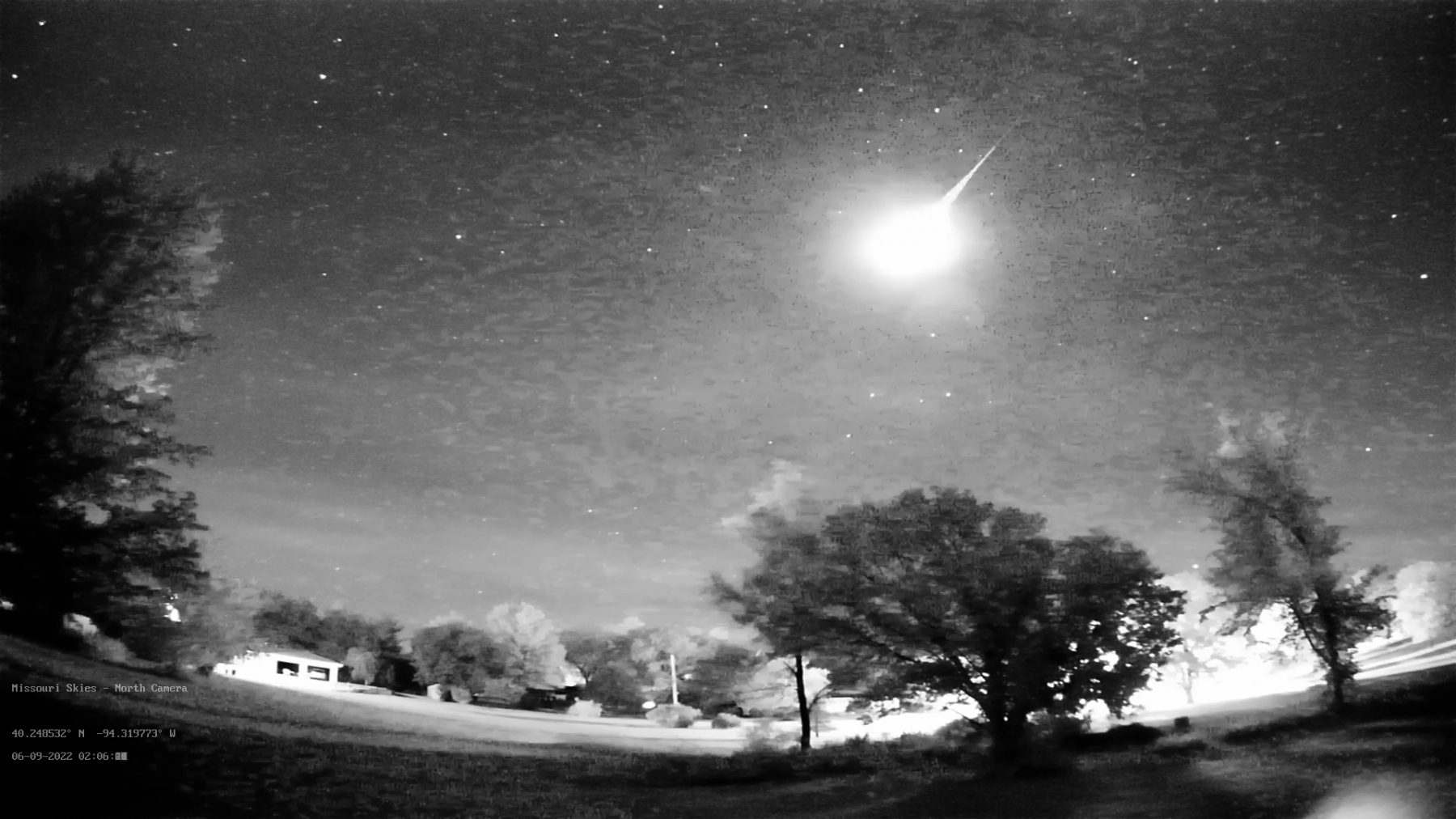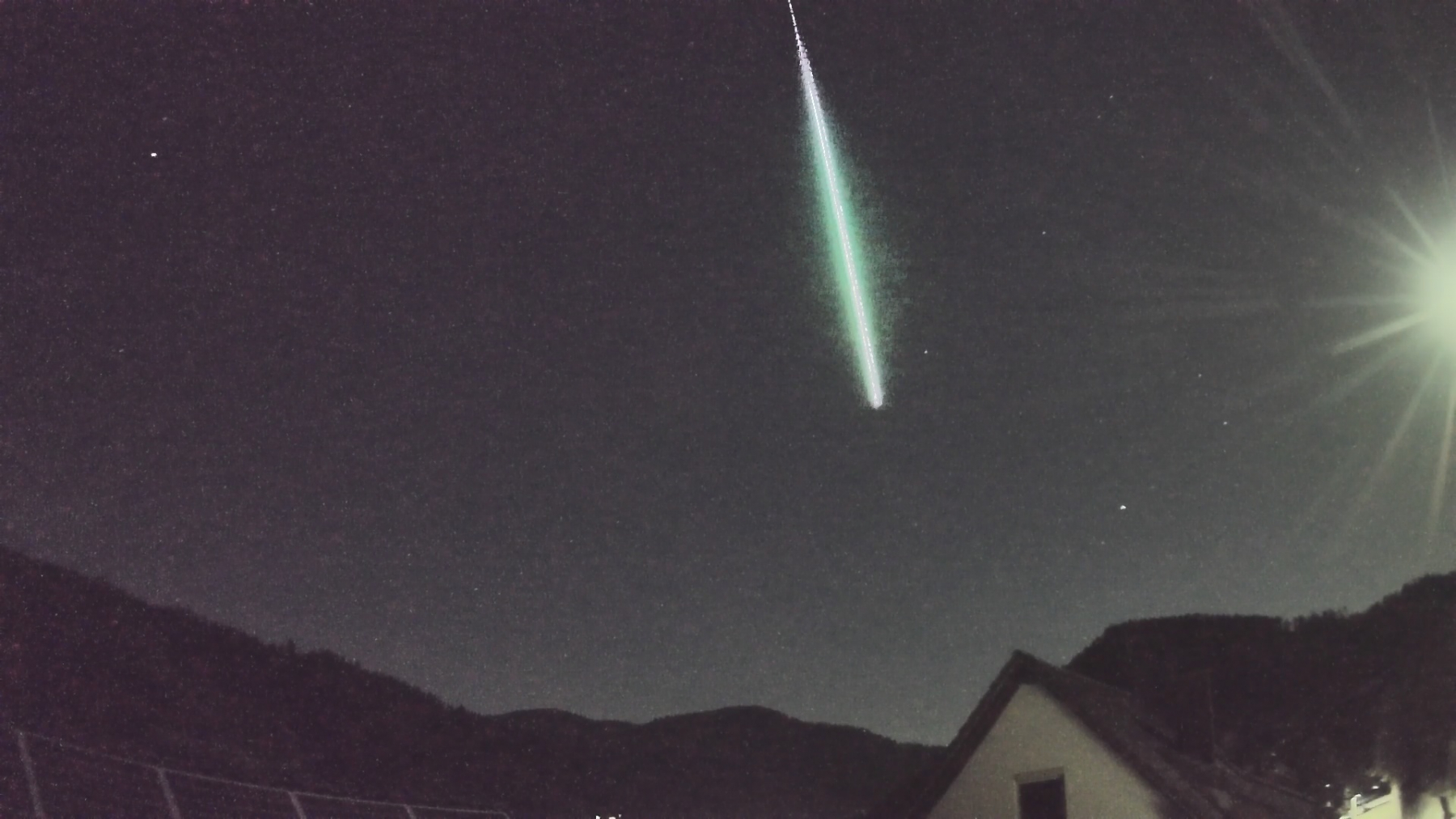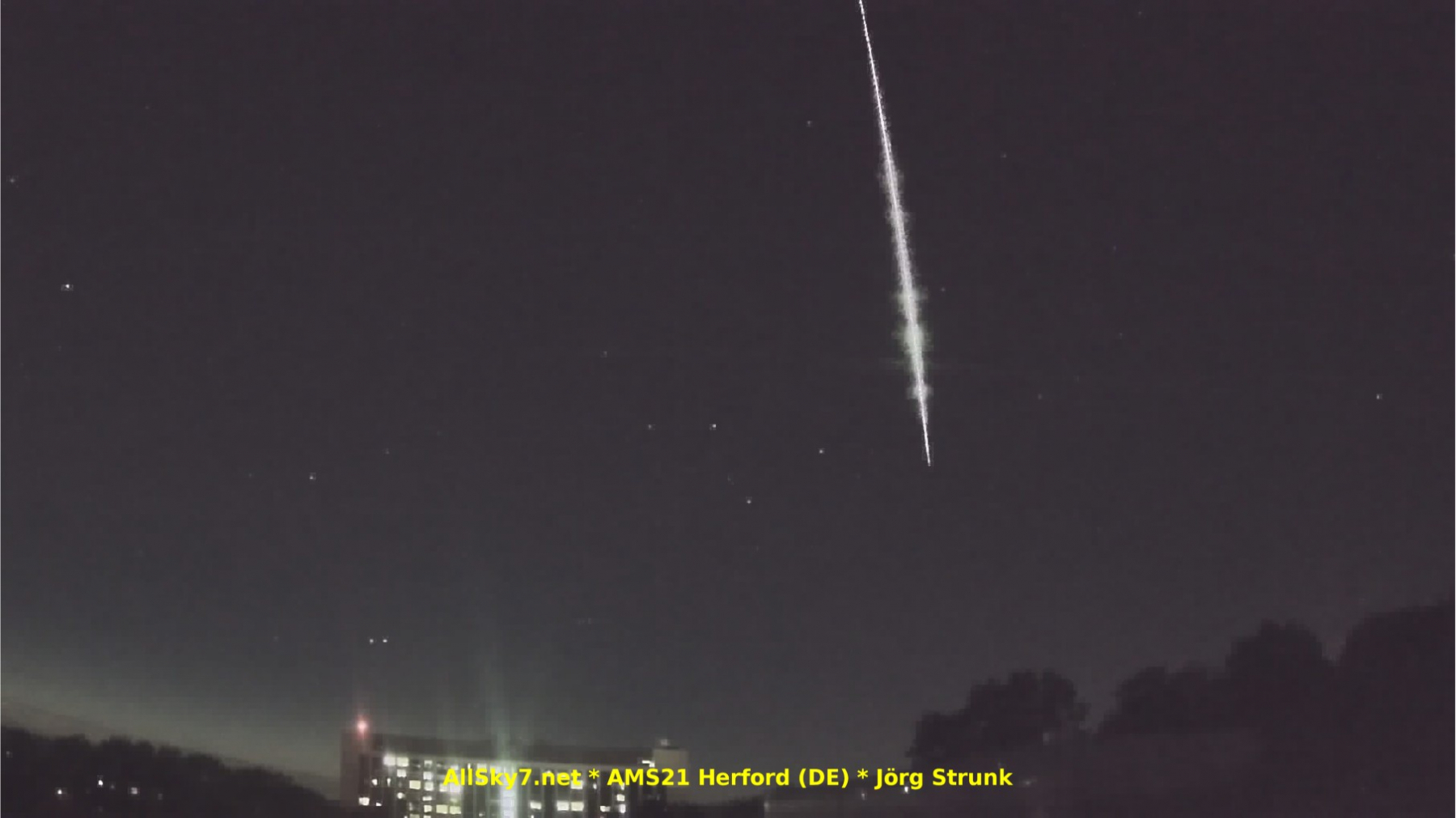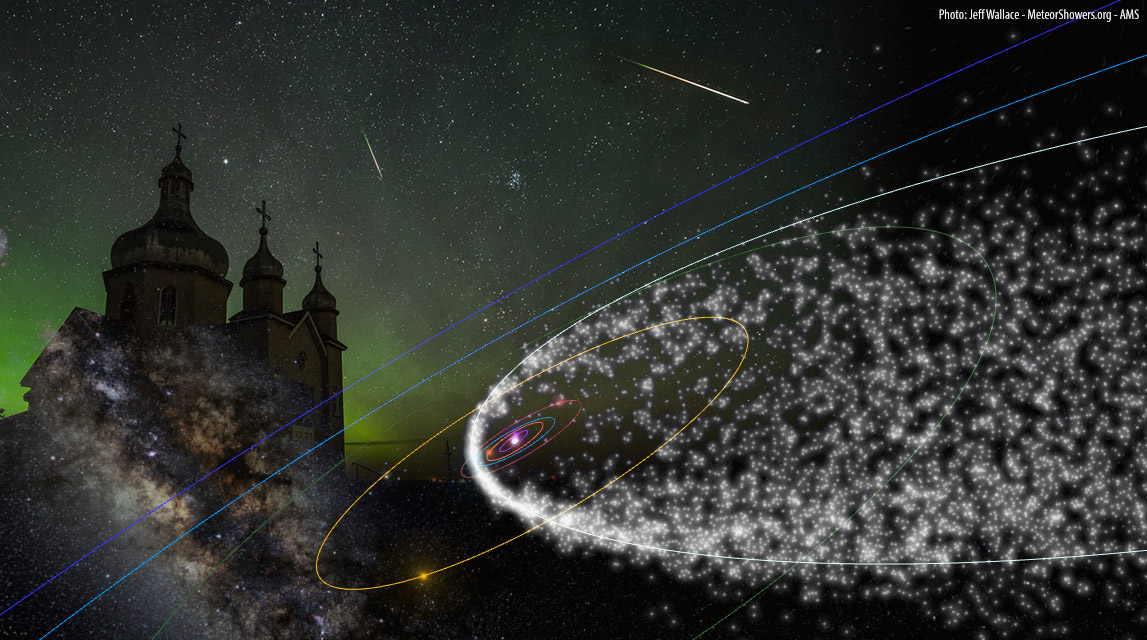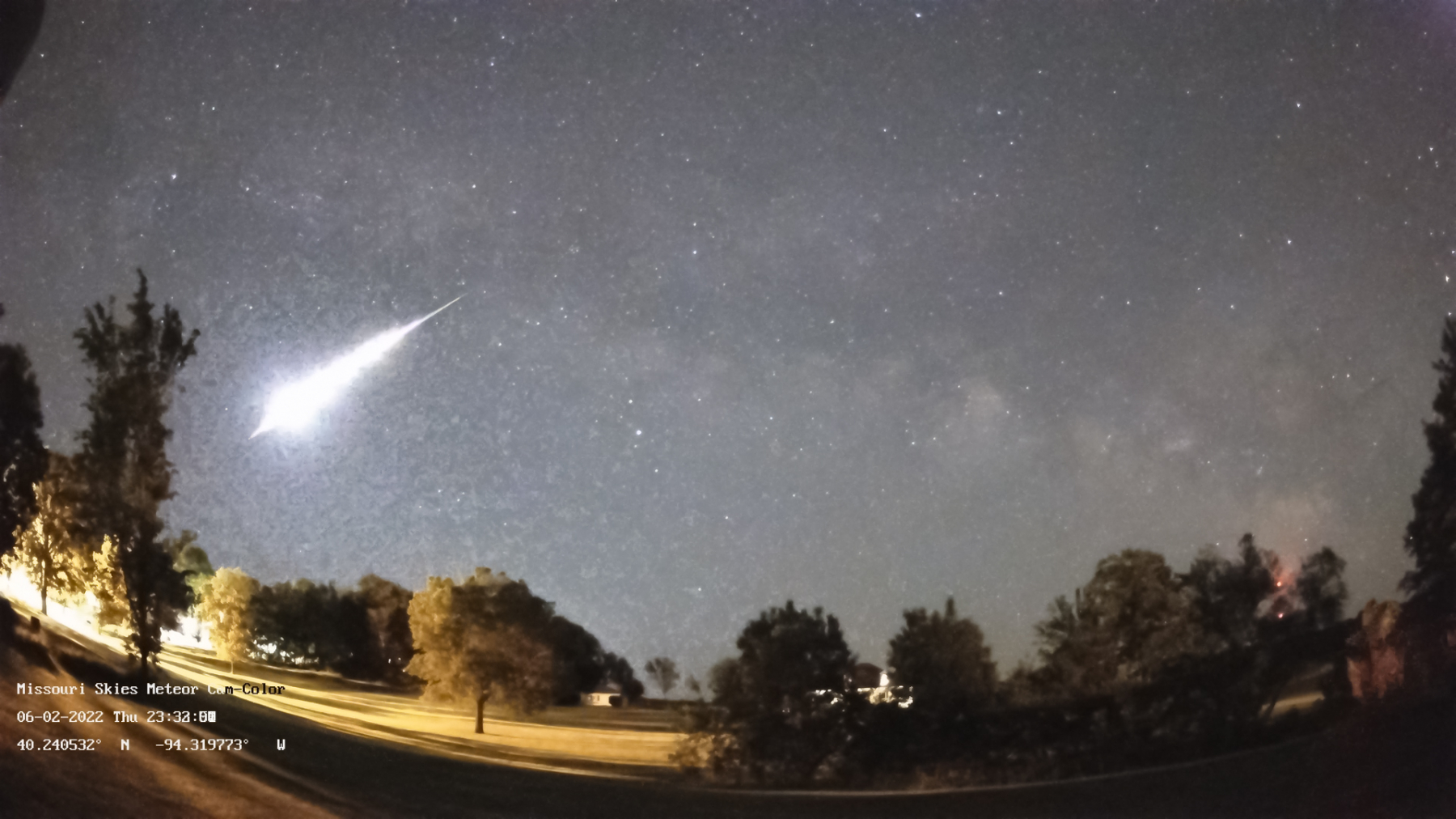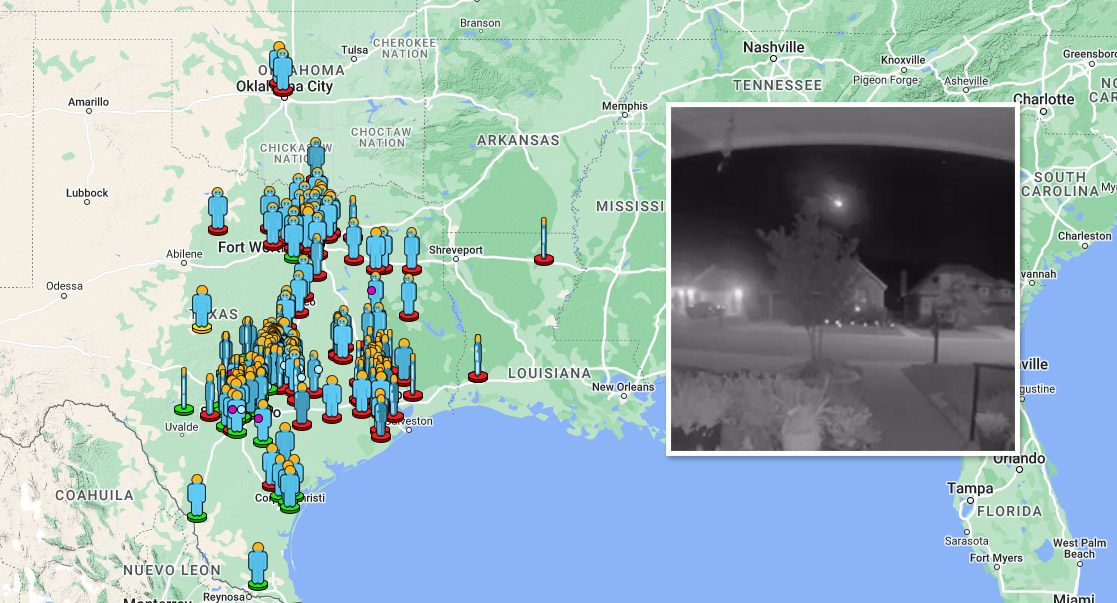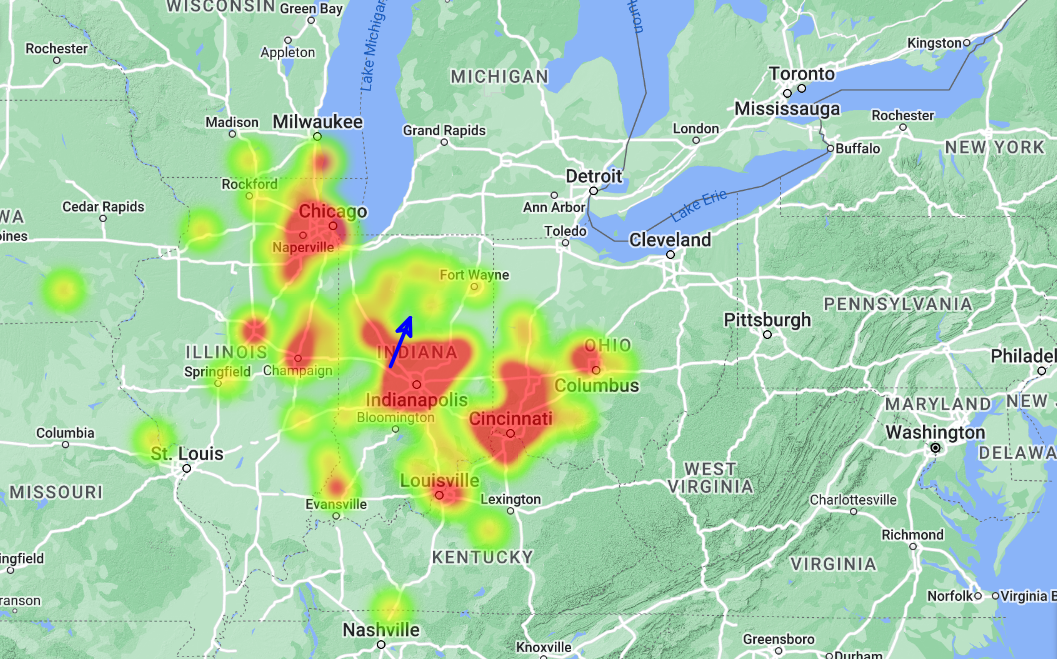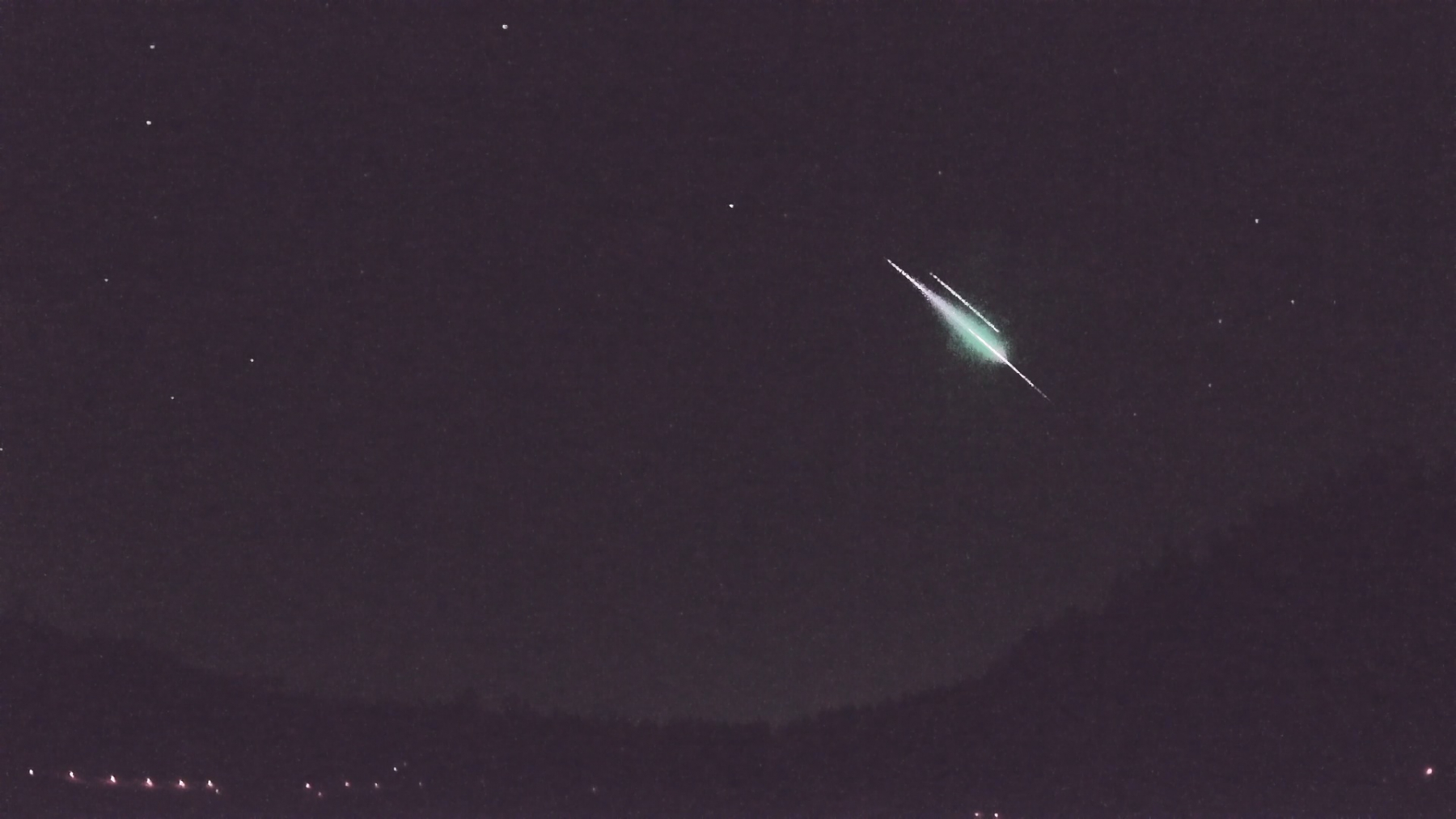
Meteor Activity Outlook for November 12-18, 2022
During this period, the moon reaches its last quarter phase on Wednesday November 16th. At that time the moon will lie 90 degrees west of the sun and will rise near 2300 local standard time (LST) on the 15th. This weekend the waning gibbous moon will rise during the mid-evening hours, allowing a window of opportunity to view under dark conditions between the end of dusk and moon rise.
 American Meteor Society
American Meteor Society
